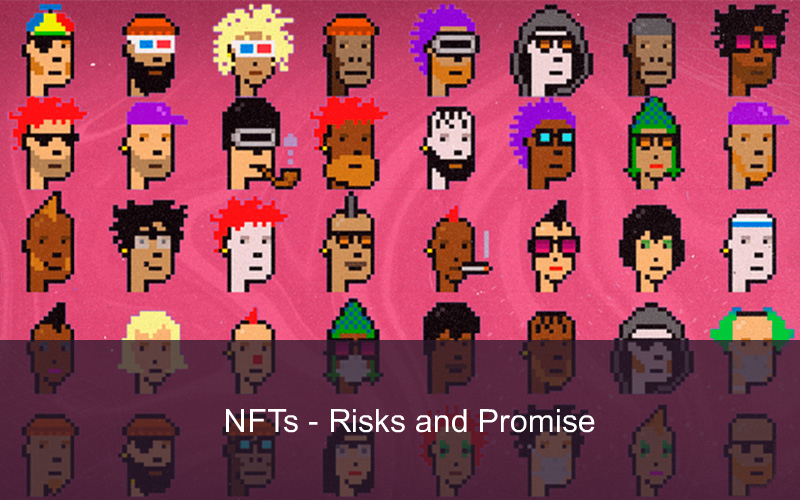Non-Fungible Tokens (NFTs) have quickly gained significant momentum since first emerging onto the financial scene. With NFTs people are now able to tokenize and transact digital assets; transitioning these formerly illiquid assets into tradable investments. Furthermore, platforms such as BLEND, and Blur have allowed NFTs to continue to evolve and further push the boundaries of financial complexities.
However, despite its meteoric rise, great caution must be taken with NFTs. Serious concerns have been raised in regards to the tremendous environmental impact of Etherium, as it accounts for nearly 30% of all gas usage. Additionally, NFTs could be in danger of causing a “race to the bottom”, as projects vie to outdo one another with eye-popping visuals and with little attention for the realistic implications or valuation.
Though the technology still has a long way to go, some see NFTs as an avenue for financial innovation. Anthony Georgiades from Pastel Network believes that NFTs have the potential to streamline financial processes, lower the financial risk associated with lending and increase financial inclusion. Further, Mark Lurie from The Foundation for Art & Blockchain (FAB) suggests that this technology has wider implications. He postulates that for NFTs to revolutionize the art market, a new form of patronage is required.
Though it’s impossible to say for sure what the future of NFTs will entail, the technology shows immense promise. With each passing day, we learn more and more about this powerful technology and the possibilities it can bring. For the future of NFTs to remain bright, essential objectives such as sustainability and financial security must be addressed.
 Talia Ross
Talia Ross
- 2023-05-15
Understanding the Implications of Non-Fungible Tokens
This article explores the potential of Non-Fungible Tokens (NFTs) and the risks associated with this technology. It also looks into the necessary objectives that need to be addressed for the future of NFTs to remain bright.

